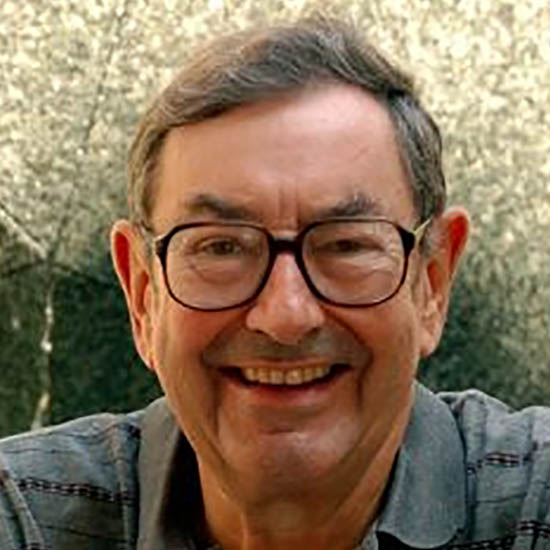Harry Gray is an inorganic chemist whose work in biological inorganic chemistry and inorganic photochemistry has led to the development of materials for the storage of solar energy. During investigations of metalloprotein redox reactions in the 1980s, he demonstrated that electrons can tunnel rapidly over long molecular distances through folded polypeptide structures.
This discovery opened the way for experimental and theoretical work that shed light on the mechanisms of electron flow through proteins that function in respiration and photosynthesis. Electron transfer is vital for energy production and intermediary metabolism in living cells. His recent work has focused on the production of solar fuels, in the NSF Center for Innovation in Solar Fuels.
Harry has received many accolades in recognition of his work, including the US National Medal of Science in 1986, the 1991 Priestley Medal of the American Chemical Society and the Wolf Prize in Chemistry in 2004. He has received 18 honorary doctorates and is a member of prestigious scientific organisations, including the US National Academy of Sciences and the Royal Society of Chemistry.
Professional position
- Founding Director, Beckman Institute, California Institute of Technology
Subject groups
- Chemistry
Chemistry, inorganic
Awards
Wolf Prize
In the field of chemistry for pioneering work in bio-inorganic chemistry, unravelling novel principles of structure and long-range electron transfer in proteins.

